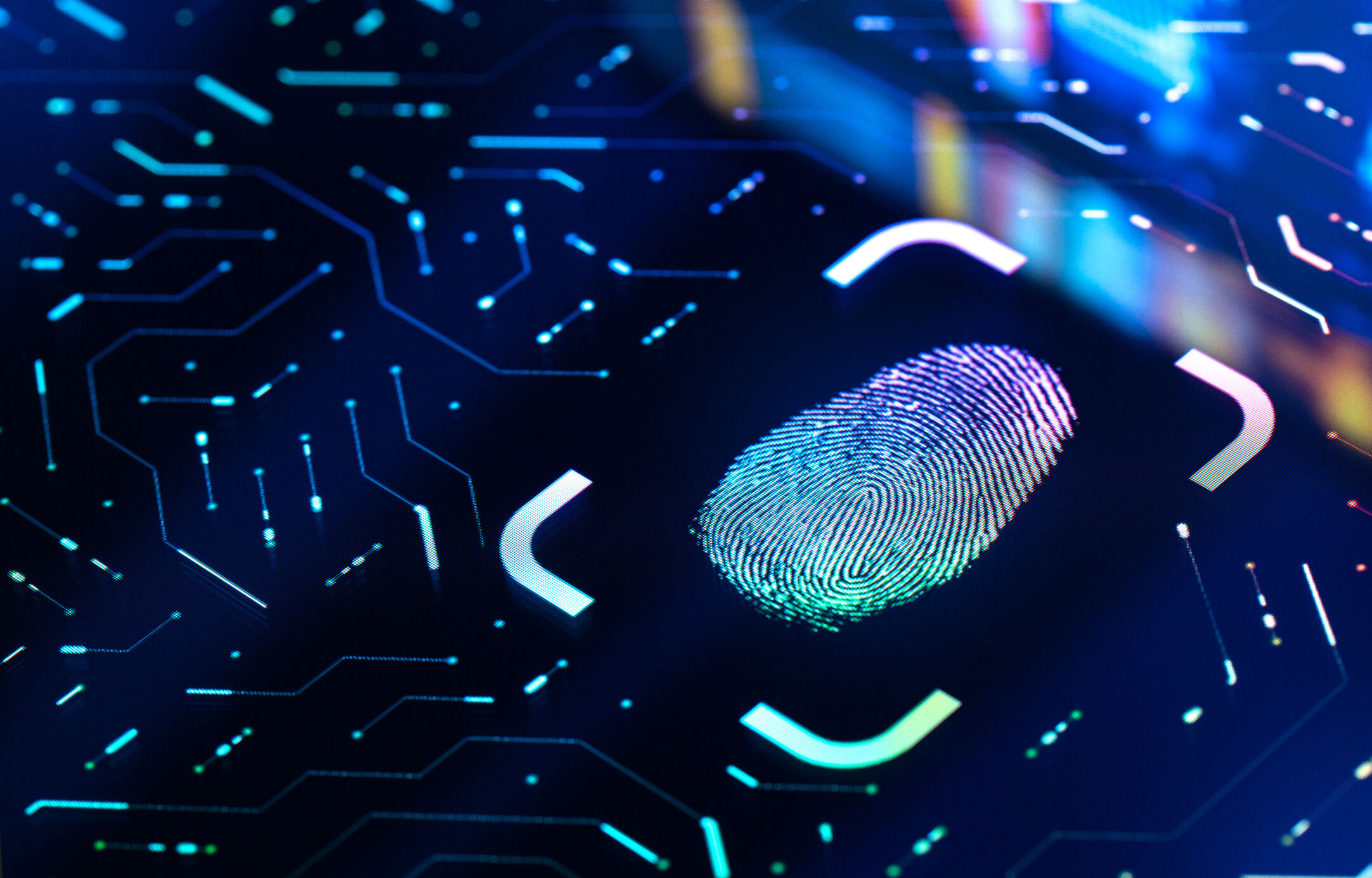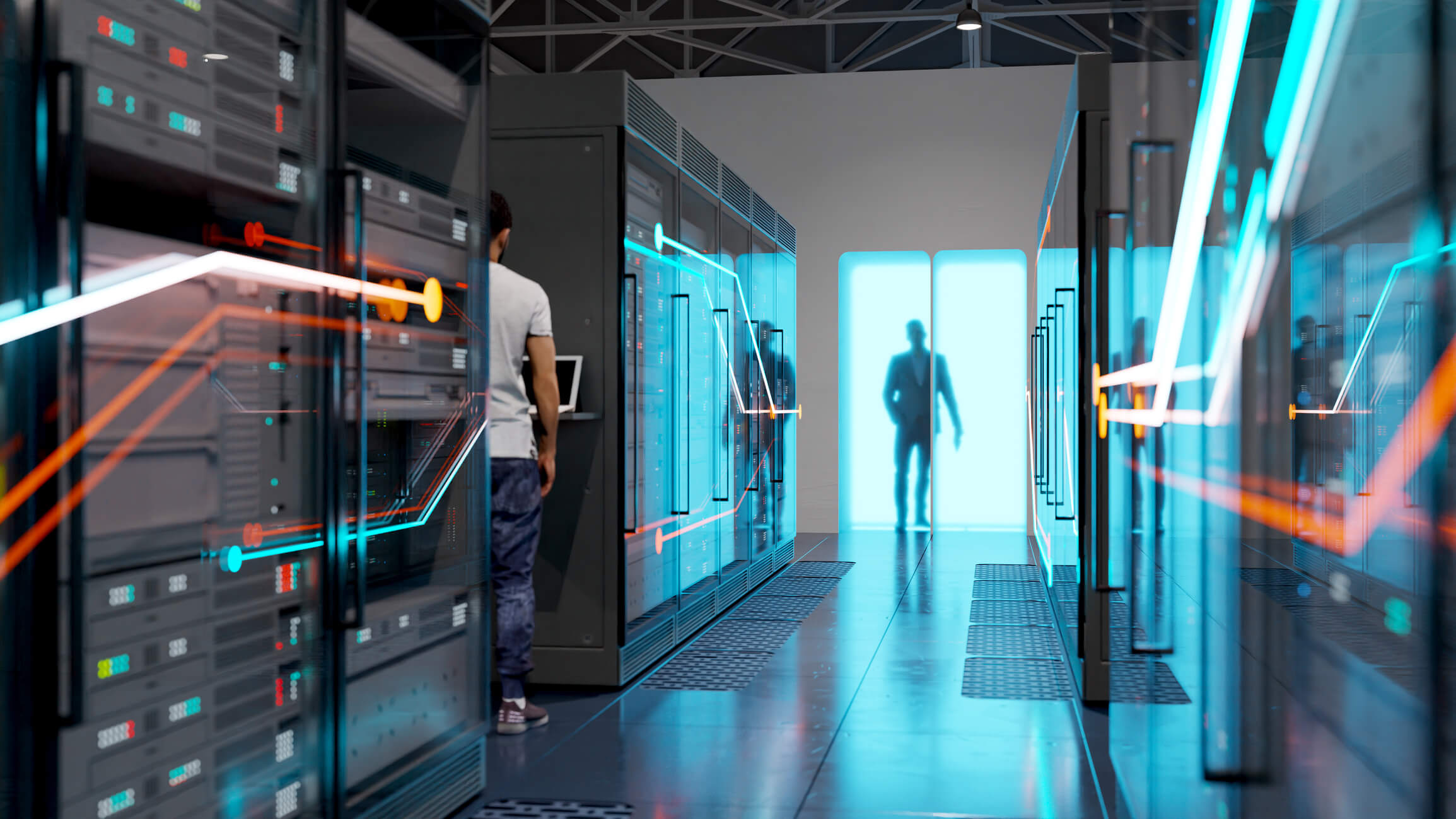Quick Hits
- DOL guidance states that employers should maintain human oversight throughout the development and use of AI systems.
- Notice should be provided to employees, especially when AI is used to inform significant employment decisions.
- Traditional labor and employment rights are not curtailed by the use of AI and employers may want to audit AI systems for disparate or adverse impacts.
On October 16, 2024, the DOL published new guidance titled “Artificial Intelligence and Worker Well-Being: Principles and Best Practices for Developers and Employers” in response to President Biden’s executive order urging instruction on the responsible use of AI and other technologies. Building on previous guidelines published by the DOL’s Wage and Hour Division and Office of Federal Contract Compliance Programs, this most recent guidance is intended to be a framework for AI developers and employers and does not substitute existing laws and regulations.
The guidance encourages developers and employers to keep employee protections and rights in the foreground of AI development and use in the workplace. Because existing labor and employment protections apply to the use of AI, the guidance further provides that employers can optimize their use of this emerging technology while complying with their legal obligations by, among other actions:
- “Centering Worker Empowerment”: The guidance provides that employers should include employees, especially those from underserved communities, throughout the development, training, and use of AI systems.
- “Ethically Developing AI”: According to the guidance, employers should “routinely monitor” and audit AI software and its use to protect employees’ civil rights and provide meaningful feedback or mitigation where risks of violations may be identified.
- “Establishing AI Governance and Human Oversight”: The guidance states that employers “should ensure meaningful human oversight” over any decisions supported or influenced by AI and keep adequate records of what, if any, decisions were made using AI.
- “Ensuring Transparency in AI Use”: Employers should ensure that all employees are provided notice of what information is collected, what activities are monitored, for what purpose, how the information will be used in significant employment decisions, and that employees have the right to review and submit corrections as necessary and when feasible.
- “Protecting Labor and Employment Rights”: AI should not be used to curtail employee rights under the National Labor Relations Act, the Fair Labor Standards Act, or any other laws or regulations, according to the guidance. Employers should avoid the use of AI that may result in discriminatory or other unlawful treatment. Instead, AI “should assist, complement, and enable workers, and improve job quality.”
- “Using AI to Enable Employees”: Employers should evaluate how AI will complement employees’ duties and improve job quality, including using AI to implement work schedules.
- “Supporting Workers Impacted by AI”: The guidance also recommends that employers should educate and train employees on how to use and embrace AI in their workday and support employees who have been displaced by AI with additional training or by finding alternate work, if possible.
- “Ensuring Responsible Use of Employee Data”: Because AI has the capability to retain vast amounts of information, employers should ensure that the AI systems in use are not inadvertently collecting employee data without the employee’s voluntary and informed consent, and that more information is not collected or retained than is necessary.
Next Steps
While the DOL’s guidance is nonbinding on employers, the DOL promises to stay vigilant in protecting employees from the potential risks of improper use of AI in the workplace. Prior to this latest guidance, the DOL had joined other government agencies to issue a joint statement on enforcing civil rights laws in automated systems, and promising to protect individuals’ rights via its Civil Rights Center. Employers that use AI in the workplace may want to review the guidance in detail and consider applying these best practices in building a framework for compliance, emphasizing continuous human oversight, employee notice, routine monitoring, and other standard practices.
Ogletree Deakins’ Cybersecurity and Privacy Practice Group will continue to monitor developments and will provide updates on the Cybersecurity and Privacy and Technology blogs as more information becomes available.
Follow and Subscribe







